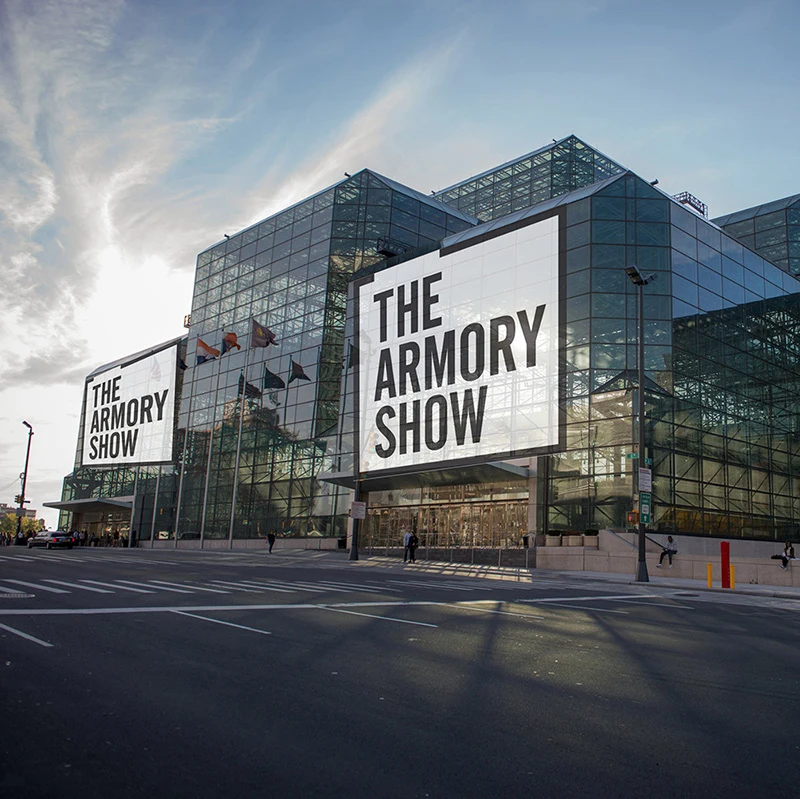During the VIP opening of The Armory Show, conversations buzzed with excitement over the fair’s recent acquisition by Frieze this summer.
With The Armory now in full swing, it is becoming apparent that Frieze’s involvement is attracting a greater number of international collectors, thus bolstering its global appeal while still retaining its quintessential “New Yorkness”.
Marking its 29th year, The Armory Show has evolved from its humble beginnings with four dealers in a hotel to its current iteration at the Javits Center. It now features over 225 dealers from 35 countries, including emerging galleries. The fair’s programming promises diversity, including psychedelic figuration, racial justice exploration, textile art, and immersive installations. It also showcases renowned artists and emerging talents, as well as global gallery brands and indie dealers, making it a significant event in the international art calendar.
Critics debate the potential merger of The Armory Show with Frieze’s New York fairs. This could affect their timing and competition like in the case of Kiaf Seoul and Frieze Seoul. Some see it as a way for Frieze to leverage the Javits Center’s capacity, while others worry about the impact on smaller galleries and diverse art platforms. Unlike the pandemic-tinged atmosphere of the past editions, this year exudes a more relaxed ambiance, reflected in the lighter tone of the artworks on display. There is a welcome shift towards presenting more daring and underappreciated artists, as well as challenging conceptual pieces.
The standout feature is Curator Candice Hopkins’s “Focus” section, highlighting Indigenous and First Nation artists, with some also featured in her exhibition “Indian Theater” at Bard College. The “Presents” section, featuring younger galleries, also offers a compelling showcase of emerging talent.
Featured Image: Javits Center New York. Courtesy of the Armory Show and the Javits Center



